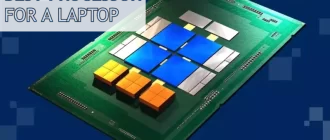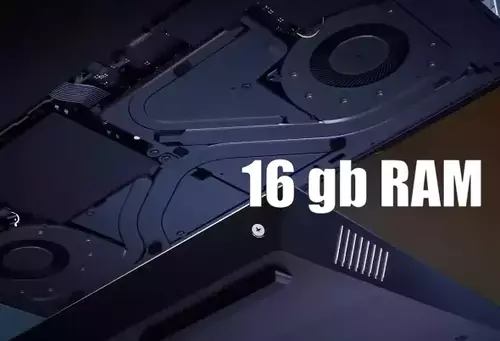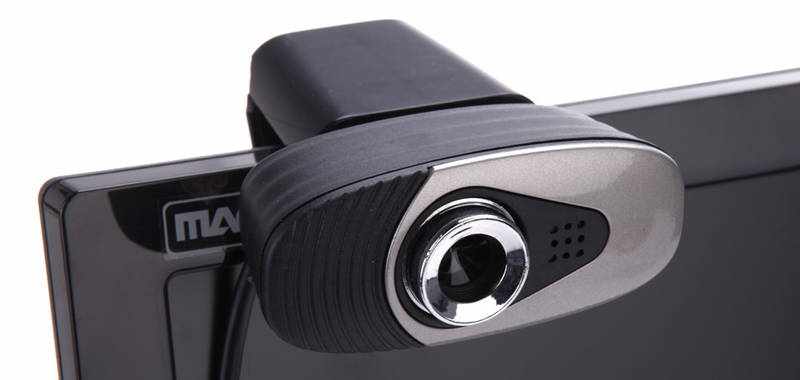If your Lenovo laptop does not turn on – black screen or blues, does not work the power key, there are other problems, it is not always necessary to contact the service center. Sometimes, to turn on your Lenovo laptop and make it work, requires elementary user actions. This manual will cover what you need to do if your Lenovo laptop does not turn on, and what diagnostic and repair methods can be used.
The main problems with turning on the laptop
They can be divided into 3 groups – related to the hardware of the device, power and software.
Hardware problems
The basis, which affects the operation of the device as a whole – its motherboard. If any component fails, the laptop may show signs of life – at least the indicators will blink or the coolers will be noisy. If the motherboard is seriously damaged, the device becomes “dead” and shows no signs of life at all.
It is not always necessary to replace this part. Often it is enough to re-solder a couple of capacitors or a more complicated node – for example, to replace the chip, which is called the “north bridge”.
Regardless of the breakdown, the repair of the motherboard is better to trust the specialists from the service center.
Among other problems, when the Lenovo laptop shows a black screen, there are such:
- Peripheral devices connected through USB ports do not allow to turn on normally.
- The LEDs of the monitor backlight have burned out, so there is no image.
- Broken loop and there is no connection between the video adapter and the monitor.
Software problems
The following can be noted in this case:
- Absent or incorrectly working graphics adapter drivers, so there is no image.
- Incorrect BIOS settings, due to which the motherboard does not detect some of the equipment.
Such problems can be fixed by yourself.
Power supply problems
The source of trouble can be the following nodes:
- The outlet where you plug in your laptop’s power adapter.
- The power supply itself not charging the battery.
- The battery power controller not supplying voltage to the cells.
- Depleted cells that no longer take a charge.
- Power button not allowing the device to turn on.
If the problem cannot be solved by yourself, you will need to contact an expert.
Possible causes of failure
There are some problems when the laptop does not turn on “completely”. Consider how to diagnose them and what you can do in such a situation.
The screen is black at startup, but the indicators light up
The reason is most likely that there is no image on the screen. As said above, it’s either burned out LEDs in the matrix backlight, or frayed the cable that connects the graphics adapter and the display. If the problem is with the flat cable, then usually when you change the angle of the top cover the image on the display may appear briefly.
To determine if the LEDs are burned out, you need to take a powerful flashlight and shine it on the display. With a good light, you can see the image.
A broken cable can be replaced, including by yourself. Usually the laptop is collected according to the modular scheme: and on the motherboard, and on the matrix there are slots, where the loop is connected. The most difficult thing is to get the right cable, especially if the laptop is several years old.
Blown LEDs are not as serious a failure as they may seem. The fact is that they are not replaceable: the whole matrix has to be replaced. This is a bit of a stretch, as its cost can reach a third of the device, even if you have found used components.
You can also connect an external monitor or TV through the HDMI port, which is in any modern laptop. If there will be an image on the external display – then there is a problem with the laptop screen. If there is no image, one of the possible problems may be a broken video card, which because of this does not give a picture.
When starting up, the screen is black, the coolers work, but the indicators are not lit
The cause of this situation is often a trivial glitch. In this case, it is enough to disconnect the power supply and remove the battery for a few seconds. After turning on the laptop, with a high probability, it will start up as usual.
The second, less common cause is that the BIOS settings have gone wrong and the laptop can’t correctly detect the connected hardware. In this case, you will have to reset the settings “blindly”, as there is no image on the screen. Although it is possible that the picture will appear when you turn on the BIOS interface.
To enter this mode, press F2, F8, Escape or Delete (which one you press several times after rebooting the computer depends on the model of your motherboard and the BIOS version embedded in it). After you hear a light click, press F9 to reset the BIOS settings and then F9 to save the changes and restart the device.
What to do if your Lenovo laptop does not start
As said above, the cause of lags when starting the laptop can be any peripheral device that is not working correctly. Try disconnecting all devices connected via USB ports. If the problem is in any of them, the laptop will start normally.
How to diagnose a power issue
The first thing you need to check is the socket where you usually plug the power adapter from the laptop. Plug any other device in here to determine if it works.
It is best to use a multimeter to test the power supply. The red pin should be inserted inside the laptop’s plug, where there is a socket for a similar pin in the case of the device. The black pin should be placed against the outside of the connector. The operating voltage of the power supply is usually 15 to 20 volts. You can also use a similar power adapter. If the LED on the laptop lights up to indicate that the battery is charging, then the problem is in the adapter.
Some laptop models do not turn on if the battery fails – the cells are depleted or the controller that checks the charge level is burned out. You can remove the battery and start the laptop from the power supply. If it turns on, the problem is in the battery. It cannot be repaired – only replace it with a similar one.
And another reason that the laptop does not start, can be banal – the owner simply forgot to charge the battery. Try putting the device on charge and turn it on after a couple of hours. Can help, including cleaning contacts with an eraser – both on the battery, and on the laptop.
If the laptop does not respond to pressing the power button at all, then most likely – it is broken. Inoperable laptop when you try to start, at least, should emit at least a faint click. You can try to fix the button, but for this you will need to tear the laptop. The design of this part is primitive, so the best option for repair – its complete replacement: if something inside is physically broken, it is impossible to repair it.
What can be done at home
Another reason why the laptop may not turn on is the lack of contact between the motherboard and the RAM. In this case, the coolers will work and the LEDs will be lit, but even the mainboard splash screen will not start and you will see a black screen.
In this case, you will need to disassemble the laptop. Algorithm of actions:
- Disconnect the power and remove the battery.
- Using a Phillips screwdriver, unscrew the screws on the bottom cover, including in the battery compartment. Some of them may be hidden under stickers or feet of the notebook.
- Carefully lift and remove the plastic cover on the keyboard that protects the keys.
- Remove the keyboard by pressing on the monitor side slots with a pair of slotted screwdrivers. Disconnect keypad cable from the motherboard.
- Use a Phillips screwdriver to unscrew all the screws you see. Remove the optical drive.
- Remove the bottom cover. Disconnect the components that prevent access to the RAM card.
In laptops, the RAM is no bigger than a couple of matchboxes stacked together. It looks like a textolite printed circuit board with several chips on it. This component is inserted into the slot parallel to the motherboard at the bottom, on the side of the bottom cover. You can use a stationery eraser or medical alcohol to clean the RAM contacts.
And since you have disassembled the laptop, clean it from dust at the same time. Being a current conductor, it can be the reason of short circuit and prevent the device from switching on. Blow out all the “insides” of the computer, using a household hair dryer, vacuum cleaner or can with compressed air.
Do not use metal nozzles – only plastic ones. If metal is in contact with electronic components, static electricity breakdown and failure of expensive parts is more possible.
Conclusion
If you have tried the above methods, but the laptop still does not turn on, it indicates only one thing: the problem is already beyond the competence of the average user. Don’t panic! Any malfunction can be fixed, the only question is the price of components or re-soldering parts.

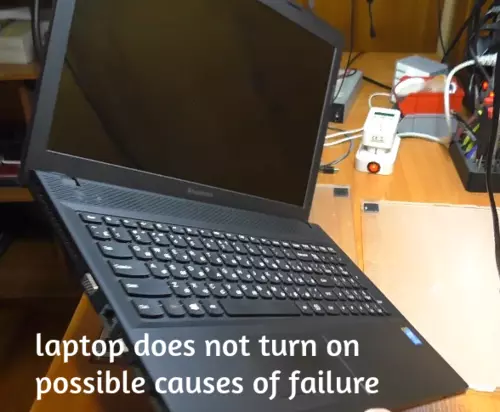
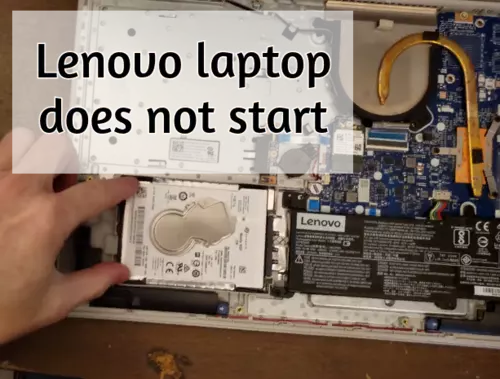
![Laptop Battle of [year]: Lenovo vs. Dell vs. HP](https://whattdw.com/wp-content/uploads/2023/03/1-18.webp)
